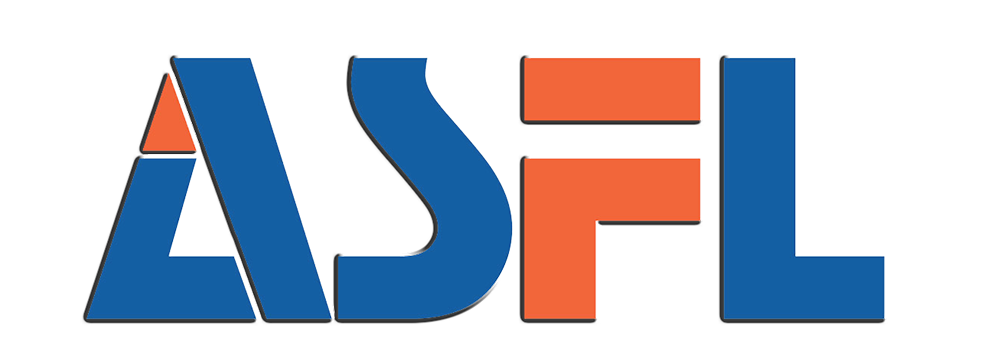Understanding Liquid Types and Viscosity Requirements
Impact of Viscosity on Machine Selection
Viscosity is a critical factor when selecting a liquid filling machine, as it affects the flow rate and speed of the filling process. Choosing the right machine ensures precision and efficiency in packaging. For thick and sticky liquids, specialized machines equipped with pumps designed for such viscous materials are essential. Understanding viscosity measurements in centipoise or mPa·s can help determine the most suitable filling technology, ensuring optimal performance and minimizing waste. Incorrect viscosity management can lead to production delays and waste, as demonstrated by various studies, highlighting the importance of meticulous machine selection.
Special Considerations for Foam or Volatile Liquids
Filling machines that handle foam or volatile liquids require special considerations to address their unique challenges. Foaming liquids can create inconsistent fill volumes, necessitating anti-foaming solutions or specific nozzle designs to enhance reliability. Volatile liquids, on the other hand, must be managed with machines capable of handling vapors to prevent evaporation and product loss, sometimes requiring sealed systems. Expert recommendations emphasize understanding the behavior of these liquids during filling to choose the right technology effectively. Consulting manufacturer guidelines on handling volatile substances provides authoritative insights into best practices, ensuring safe and efficient operations.
Automation Level: From Manual to Automatic Liquid Filling Machines
Semi-Automatic vs. Fully Automatic Systems
Understanding the distinction between semi-automatic and fully automatic systems is crucial for businesses assessing their liquid filling operations. Semi-automatic machines require some level of human intervention, making them more suitable for smaller batches or operations that prioritize manual precision. In contrast, fully automatic systems excel in larger-scale production environments, where enhancing productivity and efficiency is a priority. These machines minimize labor costs by automating the entire filling process, from positioning containers to liquid dispensing and packaging. With productivity metrics such as speed (units per minute) and labor costs, businesses can gauge the impact of automation on their operations. For instance, a case study involving a company that transitioned from manual to automated processes highlighted significant gains in output and cost efficiency. Considerations regarding user-friendliness and maintenance requirements further provide potential buyers with valuable insights into choosing the right system.
Matching Production Volume to Automation Needs
When selecting a liquid filling system, aligning production volume with automation needs is essential to balance cost and efficiency. Highly automated machines, while ideal for large output operations, can be prohibitive in cost for businesses with lower production levels. Statistics on industry-standard production rates can inform manufacturers about the most cost-effective solutions. For example, sectors requiring the production of thousands of units daily might invest in fully automatic systems, while those with fewer units might find semi-automatic machines more economically viable. Moreover, scalability is paramount for future adaptability; selecting a machine that can scale up or down according to business growth is crucial. Industry forecasts suggest increasing demand for liquid production, substantiating the need for strategic planning in automation to accommodate fluctuating requirements. Integrating LSI keywords such as "production volume" and "automation needs" naturally into this decision-making process can offer semantic relevance for optimizing your content.
Product Recommendations
Since the product_information is not provided, I will skip product recommendations.
Container Specifications and Bottle Compatibility
Adjusting for Container Size and Shape
Liquid filling machines must be designed to accommodate a variety of container sizes and shapes to ensure production versatility. This adaptability is crucial for industries like pharmaceuticals, beverages, and cosmetics, which often use distinct packaging to distinguish brands and enhance user experience. Detailed specifications, such as container dimensions and filling apertures, assist manufacturers in selecting the right equipment for their needs. For example, industries like pharmaceuticals and cosmetics require machines that can handle small vials and larger bottles seamlessly. According to recent industry reports, the trend towards more unique and complex packaging shapes is rising, necessitating machinery capable of versatile adjustments.
Liquid Bottle Filling Machine Adaptability
Adaptability in liquid bottle filling machines is a vital feature that enables switching between different liquid types and container shapes efficiently. Machines that offer adjustable nozzles and customizable programming become attractive to businesses aiming for flexibility in production. This ability to accommodate various products without extensive reconfiguration can significantly reduce downtime and improve production efficiency. Comparative analyses reveal that adaptable systems outperform single-use machines by offering greater versatility and cost-effectiveness in the long term. User testimonials often highlight the ease of adaptability as a positive outcome, reinforcing its importance in purchasing decisions. The flexibility of a machine can make it a strategic asset for companies looking to diversify their product offerings without the need for multiple specialized machines, ensuring compatibility with various container specifications and the demands of production volumes.
Integration with Filling Capping Machines
Streamlining Packaging Lines with Combined Systems
The integration of filling and capping machines into a combined system streamlines packaging lines by creating a seamless workflow, thus reducing manual handling and error rates. For example, advanced systems like Krones' Ergobloc significantly improve efficiency by occupying up to 70% less space compared to conventional layouts, making it an innovative solution in the UK beverage market. This statistical evidence highlights the substantial efficiency improvements achieved through combined systems. By eliminating costly conveyors and accumulation areas, these synchronized systems not only contribute to energy savings but also enable the management of complex pack styles without escalating manufacturing costs. Industry leaders like Serac, with their Superblock concept, have demonstrated the advantages of being able to quickly commercialize products while managing increasingly complex packaging demands. Integrating these advanced technologies enhances workflow efficiency and sets a benchmark for others in the industry.
Material Compatibility for Capping Components
Ensuring material compatibility for capping components is crucial to prevent contamination and maintain product quality throughout the production process. Capping components must be selected based on the liquids they handle, whether they are corrosive or viscous, ensuring safety and reliability. For instance, selecting appropriate materials such as certain plastics or metals can significantly impact the compatibility and longevity of the capping device. Industry standards, like those set by regulatory bodies, provide essential guidance on safe material usage. These standards ensure that manufacturers use components that meet or exceed safety regulations, thus maintaining the integrity and quality of the filled product. Articles and guidelines from regulatory organizations further substantiate the importance of choosing the right materials for efficient and secure capping operations. By adhering to these standards, companies can avoid quality issues and enhance overall consumer safety.
Evaluating Liquid Filling Machine Manufacturers and Suppliers
Key Criteria for Selecting Reliable Suppliers
When choosing a liquid filling machine manufacturer or supplier, evaluating their reputation, product quality, and compliance with safety standards is crucial. I focus on suppliers who are well-regarded in the industry, which often reflects reliability and quality. Certifications like ISO and CE are indicators of adherence to international standards, assuring me of a commitment to quality control. Using checklists during the evaluation process helps in systematically comparing potential suppliers, making the decision process more straightforward. Expert advice and industry reports can provide valuable perspectives on choosing the right supplier to ensure long-term success and efficient operations.
Importance of After-Sales Support and Certifications
The significance of after-sales support cannot be overlooked when assessing liquid filling machine manufacturers. A committed after-sales service ensures maintenance, parts availability, and minimal downtime, which are crucial for operational efficiency. Statistics often highlight the costly impacts of machine downtime, underscoring the necessity for reliable support. Testimonials from businesses that have benefited from strong after-sales relationships provide compelling evidence of its importance. Moreover, certifications guarantee that the machinery meets industry standards, adding an extra layer of credibility to the manufacturer's offerings. They ensure that the equipment adheres to established guidelines for safety and performance, thus safeguarding businesses against potential compliance risks.





